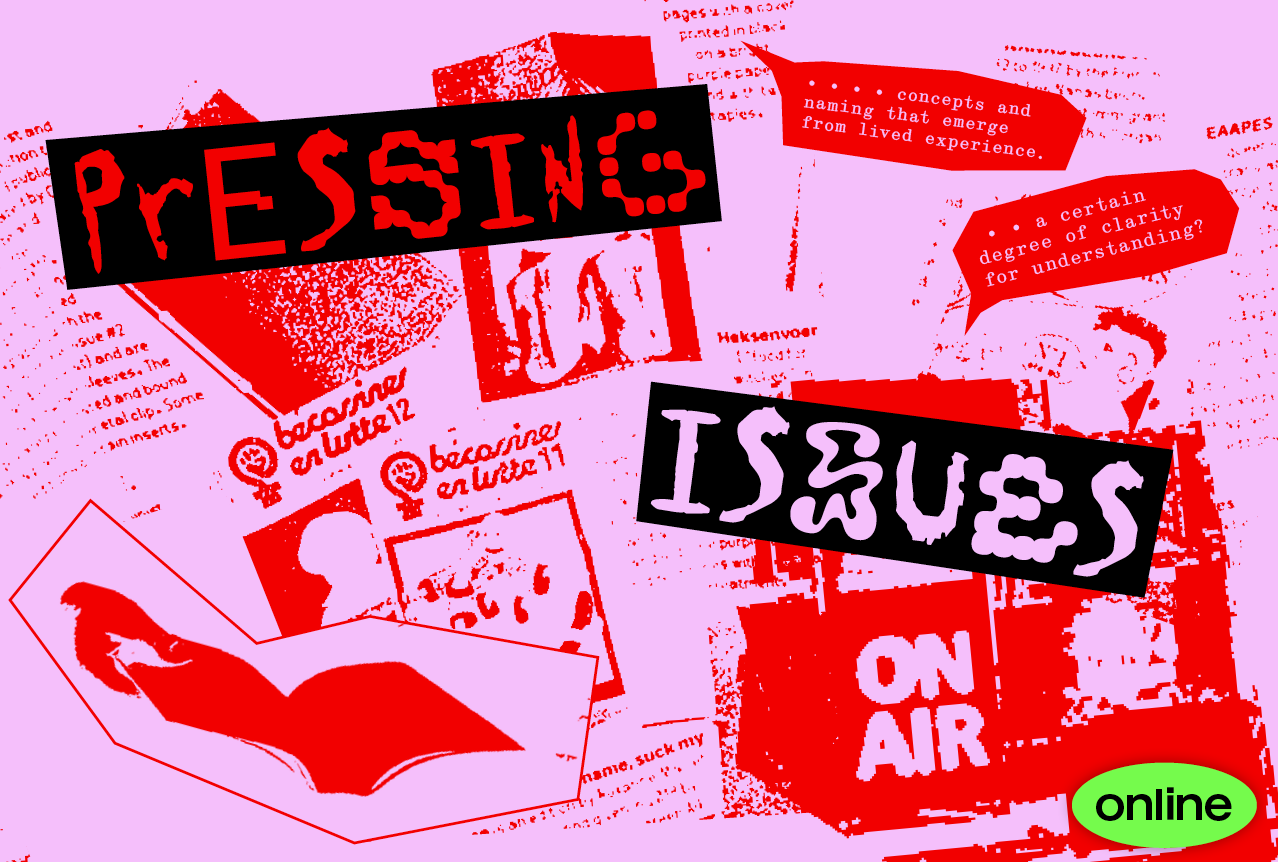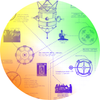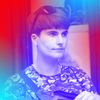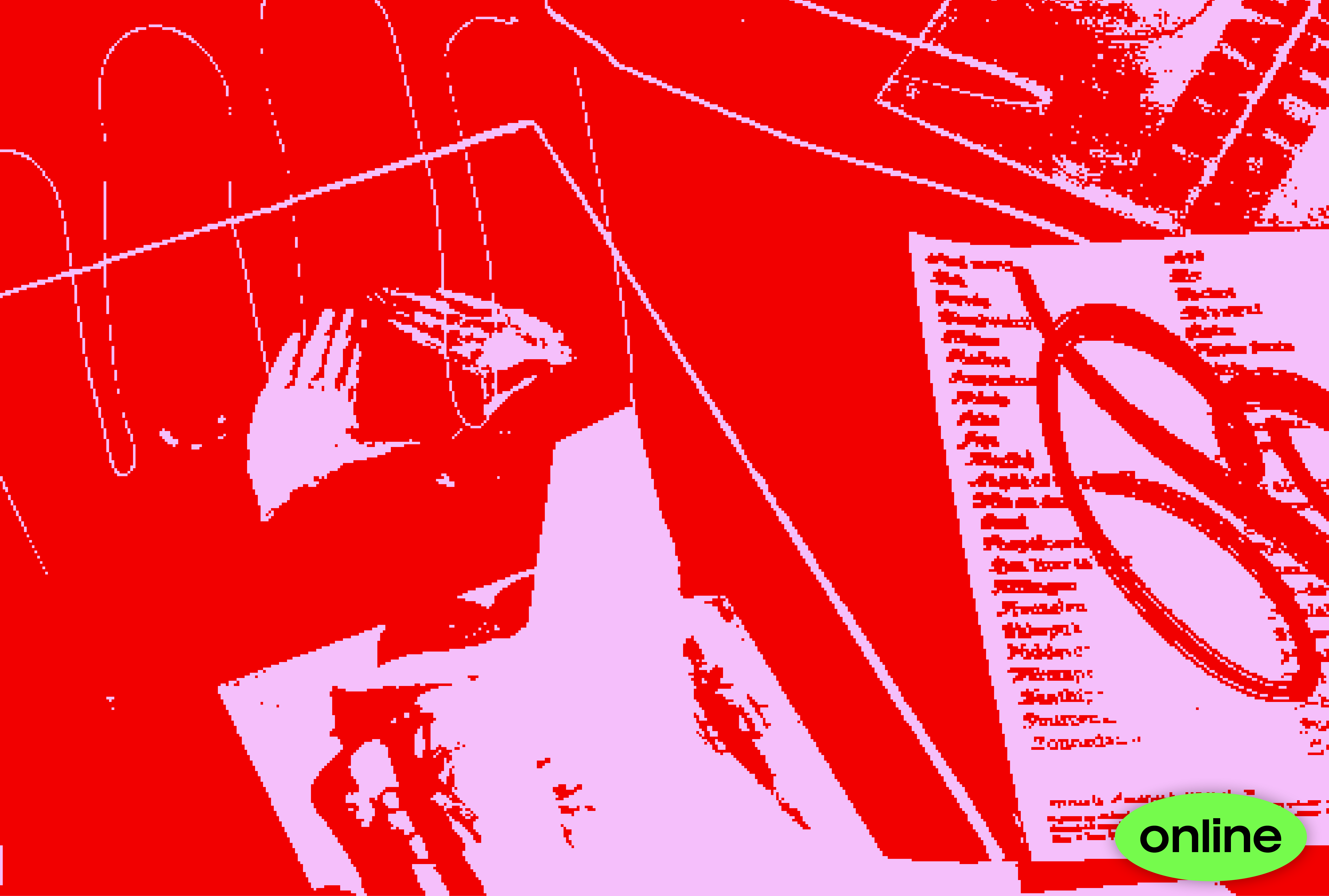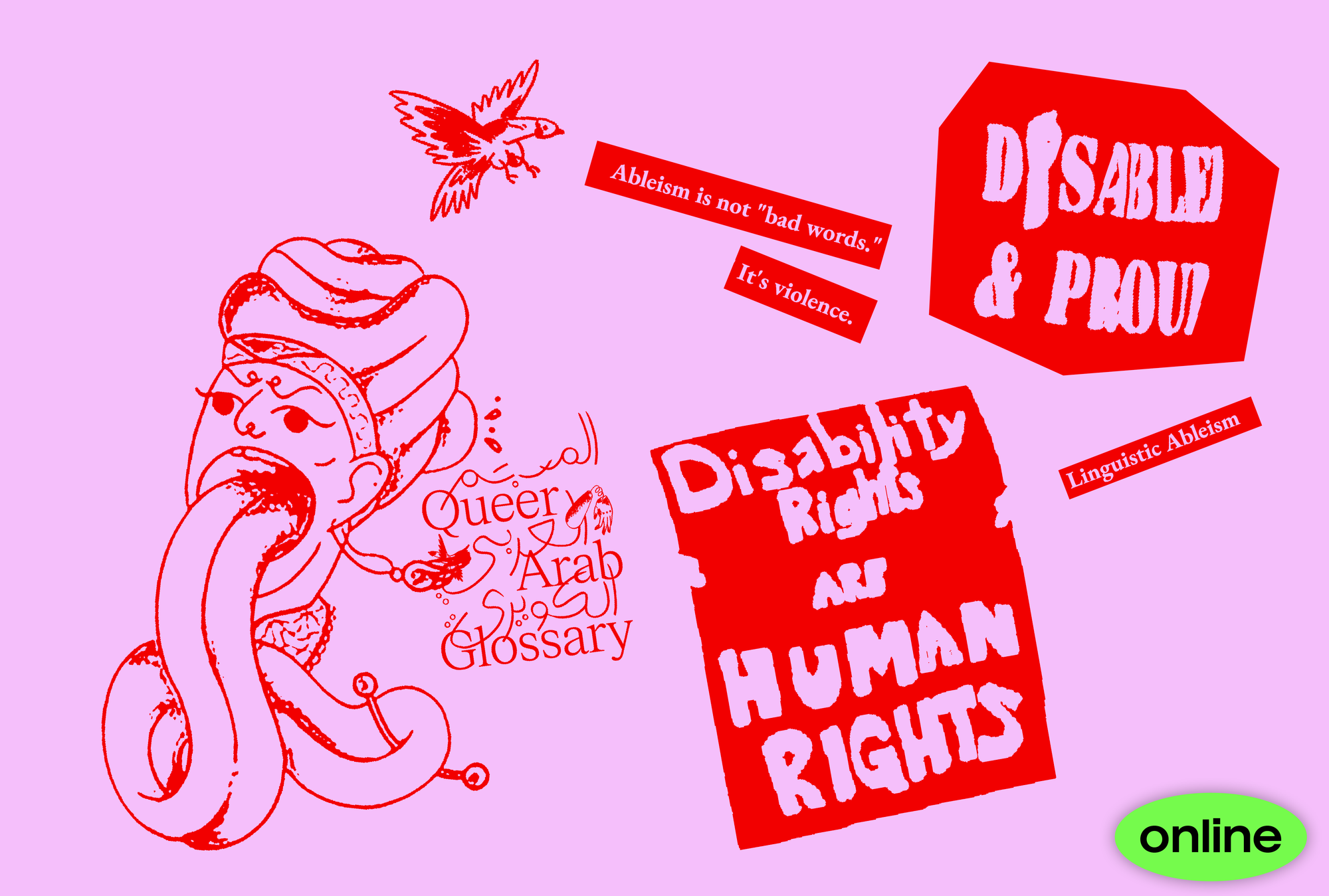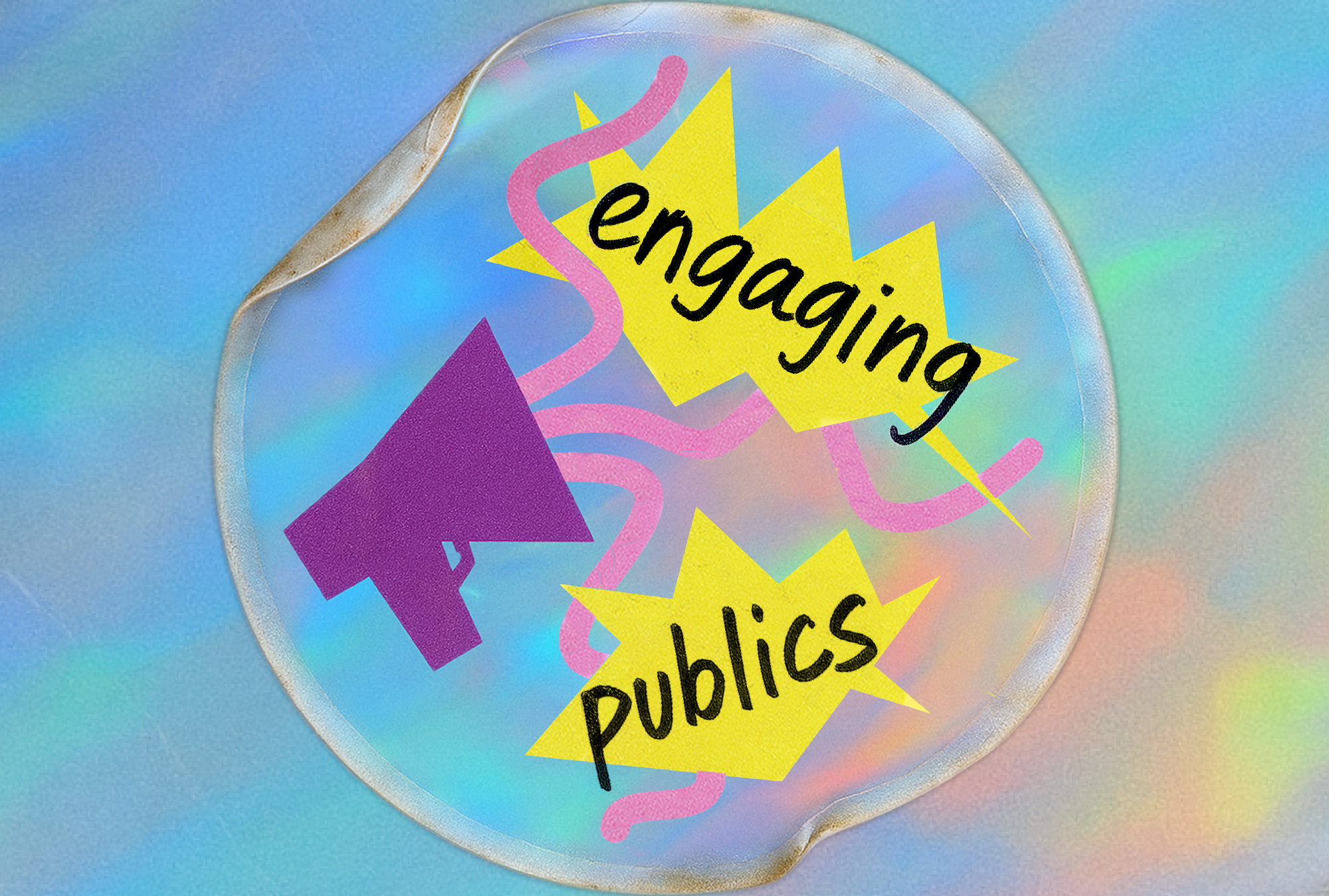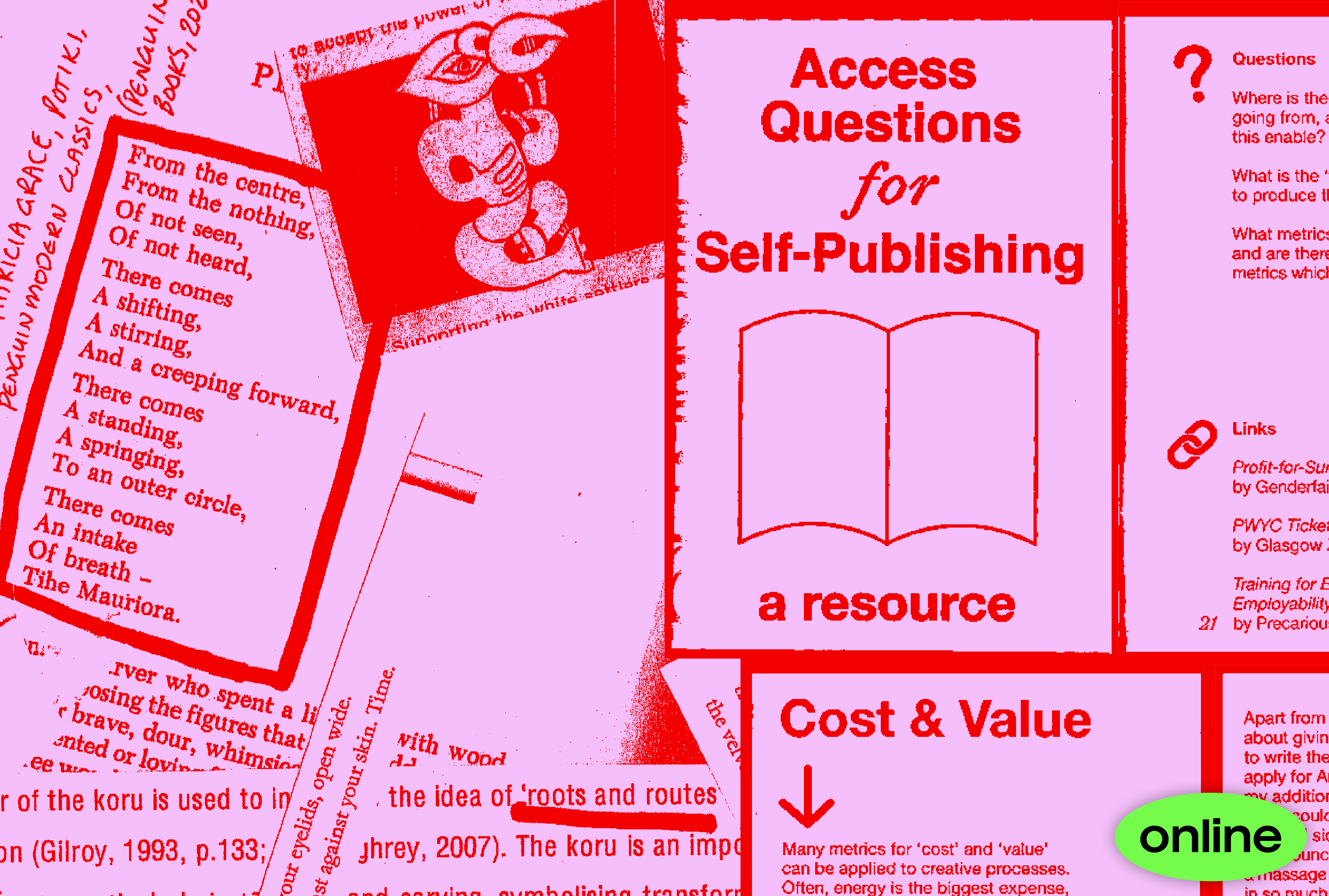This tutorial addresses the power of spatial storytelling and image-making in challenging controlling images, fostering joy, and navigating expulsive conditions.
Spatial practitioners have the incredible privilege of making images of imaginaries, and prompting imagination from images in the form of visuals, experiences, buildings, and forms. In contested geographies, the very conception of the built environment and material conditions are premised on imaginaries that are often manifested as tactile images of exclusion. What strategies and possibilities exist, or could exist, in these spaces to resist the influence of controlling images?
As defined by African American academic Patricia Hill Collins, controlling images are produced by media and institutions and “are designed to make racism, sexism, poverty, and other forms of social injustice appear to be natural, normal, and inevitable forms of everyday life.” What role does spatial practice—in particular, spatial storytelling—play in building upon and evolving modes of being through image-making? How can joy be practiced without having or needing to center refusal? How can encryption, camouflaging, and strategic risk-shifting be used to share knowledge whilst safeguarding a sense of being in expulsive conditions?
This tutorial will explore these questions through the work of Khensani Jurczok-de Klerk and Matri-Archi(tecture), borrowing and highlighting cues and lessons offered by other practitioners in spatial disciplines and proximate fields to think about the critical practice of being between imaginary and image.
The event was co-moderated with Abigail Schreider (she/her), a service designer bringing discussions around issues such as care, diversity, inclusion, and collectively organizing the workplace.

Khensani Jurczok-de Klerk (she/her) is an architectural researcher, designer, and performer from Johannesburg, South Africa. Her practice focuses on spatial storytelling and commitment to spatial education. She is the founder of Matri-Archi(tecture), an association based between Switzerland and South Africa that hosts a network of spatial practitioners dedicated to the development of African spatial education, and offers a site for artistic collaboration through design, art and architectural research projects. She is also a doctoral fellow at the Institute for the History and Theory of Architecture (gta) at ETH Zürich, focusing on understanding safe space in spatial terms in relation to gender-based violence. Through her multidisciplinary approach, Khensani finds educational value in spatial, written, and auditory explorations.
DONATEDo you like our events? To sustain Futuress in the long run, we need 600 people to support the platform with 10 CHF/month. Every little bit helps, so please consider donating today!

This tutorial addresses the power of spatial storytelling and image-making in challenging controlling images, fostering joy, and navigating expulsive conditions.
Spatial practitioners have the incredible privilege of making images of imaginaries, and prompting imagination from images in the form of visuals, experiences, buildings, and forms. In contested geographies, the very conception of the built environment and material conditions are premised on imaginaries that are often manifested as tactile images of exclusion. What strategies and possibilities exist, or could exist, in these spaces to resist the influence of controlling images?
As defined by African American academic Patricia Hill Collins, controlling images are produced by media and institutions and “are designed to make racism, sexism, poverty, and other forms of social injustice appear to be natural, normal, and inevitable forms of everyday life.” What role does spatial practice—in particular, spatial storytelling—play in building upon and evolving modes of being through image-making? How can joy be practiced without having or needing to center refusal? How can encryption, camouflaging, and strategic risk-shifting be used to share knowledge whilst safeguarding a sense of being in expulsive conditions?
This tutorial will explore these questions through the work of Khensani Jurczok-de Klerk and Matri-Archi(tecture), borrowing and highlighting cues and lessons offered by other practitioners in spatial disciplines and proximate fields to think about the critical practice of being between imaginary and image.
The event was co-moderated with Abigail Schreider (she/her), a service designer bringing discussions around issues such as care, diversity, inclusion, and collectively organizing the workplace.

Khensani Jurczok-de Klerk (she/her) is an architectural researcher, designer, and performer from Johannesburg, South Africa. Her practice focuses on spatial storytelling and commitment to spatial education. She is the founder of Matri-Archi(tecture), an association based between Switzerland and South Africa that hosts a network of spatial practitioners dedicated to the development of African spatial education, and offers a site for artistic collaboration through design, art and architectural research projects. She is also a doctoral fellow at the Institute for the History and Theory of Architecture (gta) at ETH Zürich, focusing on understanding safe space in spatial terms in relation to gender-based violence. Through her multidisciplinary approach, Khensani finds educational value in spatial, written, and auditory explorations.
DONATEDo you like our events? To sustain Futuress in the long run, we need 600 people to support the platform with 10 CHF/month. Every little bit helps, so please consider donating today!



